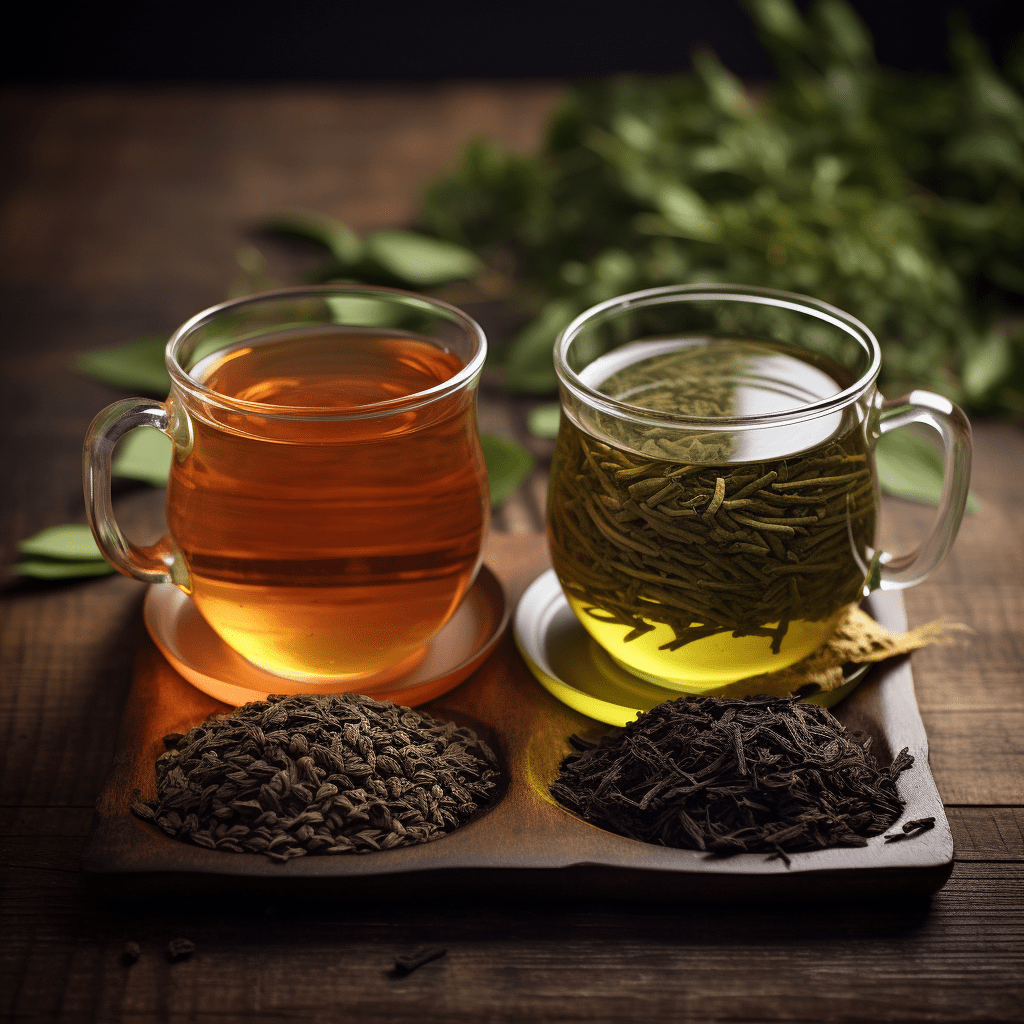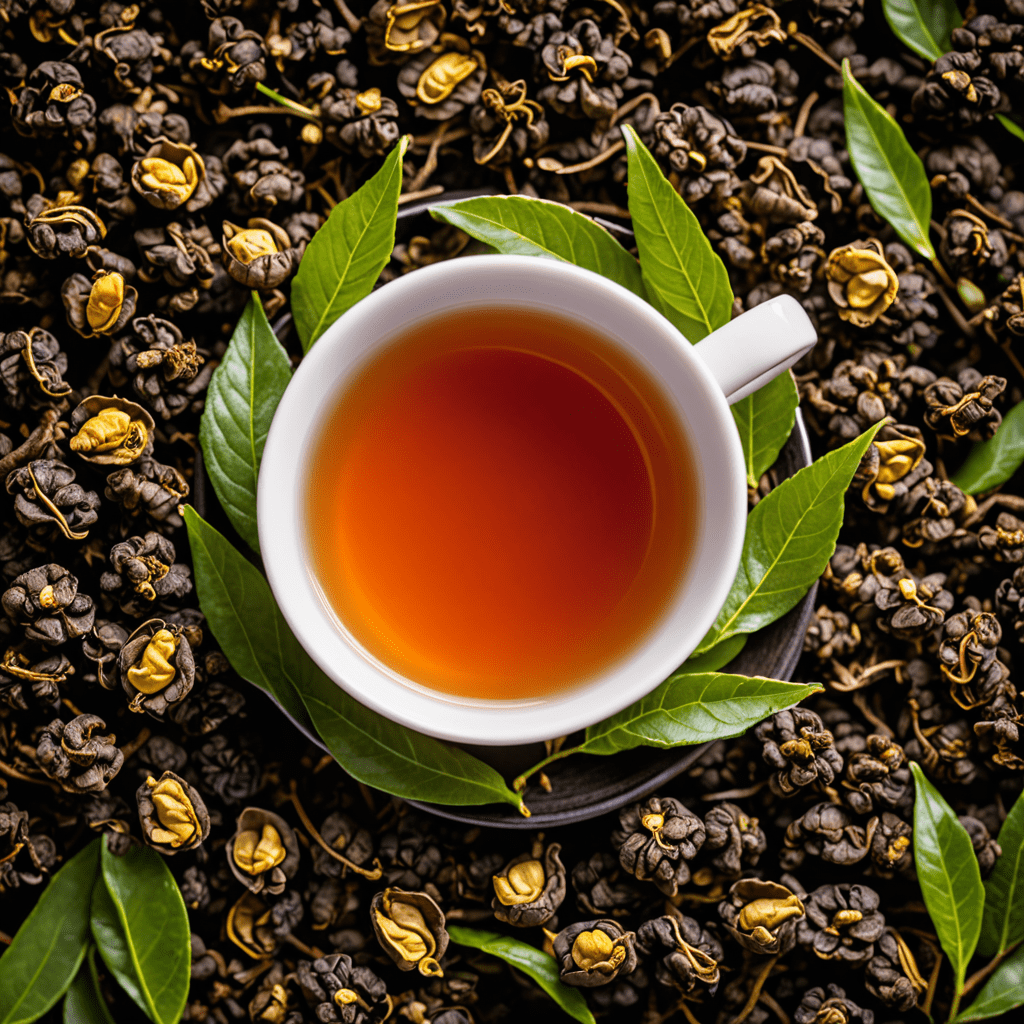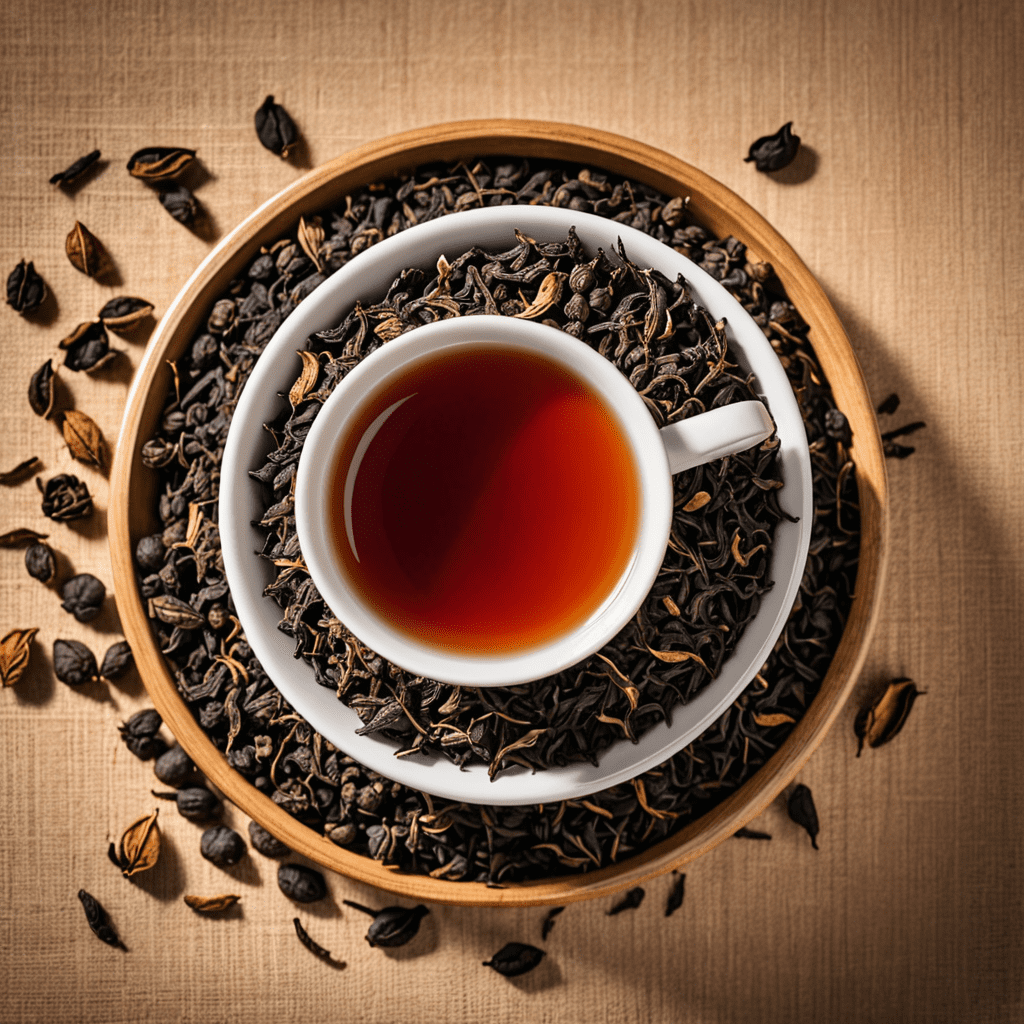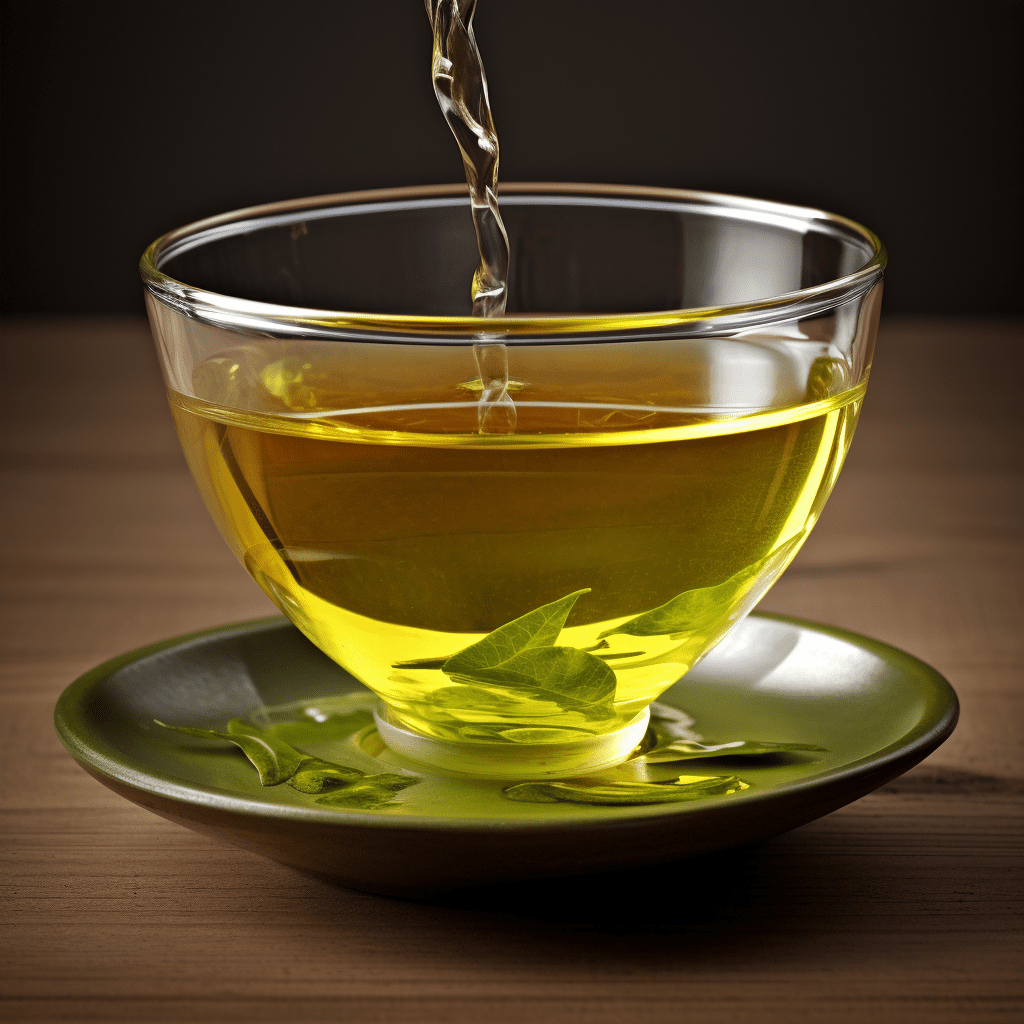
The Difference Between Black and Green Tea
Tea is one of the most widely consumed beverages in the world. It comes in different varieties, each with its own unique characteristics and flavors. Two popular types of tea are black tea and green tea. While they both come from the same plant, Camellia sinensis, they undergo different processing methods, resulting in distinct flavors, colors, and health benefits. In this article, we will explore the differences between black and green tea.
1. Processing Method
The main difference between black and green tea lies in their processing methods. To produce black tea, the tea leaves are withered, rolled, fermented, and then dried. This process allows the leaves to fully oxidize, resulting in a dark brown or black color. On the other hand, green tea undergoes minimal oxidation. The leaves are withered, heated (either by steaming or pan-firing), rolled, and dried. This minimal processing helps retain the natural green color of the leaves.
2. Flavor Profile
The processing methods used for black and green tea impart distinct flavors to each variety. Black tea has a robust and bold flavor, often described as malty or smoky. It has a rich aroma and a depth of flavors, which can vary depending on the specific variety. Some popular types of black tea include Darjeeling, Assam, and Earl Grey.
Green tea, on the other hand, generally has a lighter, fresher flavor. It can range from grassy and vegetal to floral and nutty, depending on the variety and the region it is grown in. Some well-known green teas include Sencha, Matcha, and Jasmine tea.
3. Caffeine Content
Another notable difference between black and green tea is their caffeine content. While both types of tea contain caffeine, black tea generally has a higher caffeine content than green tea. On average, an 8-ounce cup of black tea contains around 30-60 milligrams of caffeine, while the same amount of green tea contains approximately 20-45 milligrams. Those who are sensitive to caffeine may prefer green tea for its lower caffeine levels.
4. Antioxidant Levels
Both black and green tea are rich in antioxidants, which are beneficial compounds that help protect the body against oxidative stress. However, due to their different processing methods, the antioxidant composition may vary. Green tea is known for its high levels of catechins, particularly epigallocatechin gallate (EGCG), which is a potent antioxidant. Black tea, on the other hand, undergoes oxidation, which converts catechins into theaflavins and thearubigins, two types of antioxidants not found in green tea.
5. Health Benefits
The differences in processing and antioxidant composition also contribute to the varied health benefits of black and green tea. Green tea is often touted for its potential health-promoting properties, such as boosting metabolism, aiding weight loss, and reducing the risk of certain diseases, including cardiovascular disease and certain types of cancer. Black tea, on the other hand, is known for its potential cardiovascular benefits, including improving heart health and reducing the risk of stroke.
It is worth noting that the health benefits of tea are still an ongoing area of research, and individual results may vary. It is always best to consult with a healthcare professional for personalized advice.
6. Brewing and Serving
Both black and green tea require specific brewing methods to bring out their optimal flavors. Black tea is typically brewed with boiling water for 3-5 minutes, while green tea is brewed with water at a lower temperature (around 175°F or 80°C) for 2-3 minutes. Overbrewing or using water that is too hot can result in a bitter taste for both types of tea.
When serving black tea, it is commonly enjoyed with milk, sugar, or a slice of lemon. Green tea is usually consumed plain or with a touch of honey or a slice of citrus fruit. However, the choice of additions is a matter of personal preference.
Frequently Asked Questions (FAQ)
Q: Can I steep black and green tea together?
A: While it is possible to steep black and green tea together, it is generally not recommended. The flavors and optimal brewing times for black and green tea differ, so steeping them together may result in a less satisfying taste.
Q: Which type of tea has more antioxidants?
A: Green tea generally has higher levels of antioxidants, particularly catechins like EGCG. However, both black and green tea offer antioxidant benefits, so incorporating both varieties into your diet can be beneficial.
Q: Does black tea contain more caffeine than coffee?
A: No, black tea does not contain more caffeine than coffee. On average, an 8-ounce cup of black tea contains 30-60 milligrams of caffeine, while an 8-ounce cup of coffee contains around 95 milligrams of caffeine.
Q: Can I drink black and green tea for weight loss?
A: While black and green tea have been associated with potential weight loss benefits, they are not magic solutions for weight loss. To achieve weight loss, it is important to maintain a healthy diet and lifestyle overall.
Q: Are there any contraindications or side effects associated with black or green tea?
A: Generally, black and green tea are safe for consumption. However, excessive consumption of caffeine, which is present in both types of tea, may lead to side effects such as irritability, insomnia, or an increased heart rate. It is best to consume tea in moderation and seek guidance from a healthcare professional if you have any concerns or pre-existing medical conditions.
In conclusion, black and green tea differ in their processing methods, flavor profiles, caffeine content, antioxidant levels, and potential health benefits. Both types of tea offer unique characteristics and can be enjoyed as part of a healthy lifestyle. Whether you prefer the boldness of black tea or the freshness of green tea, both varieties provide a comforting and flavorful beverage option.


